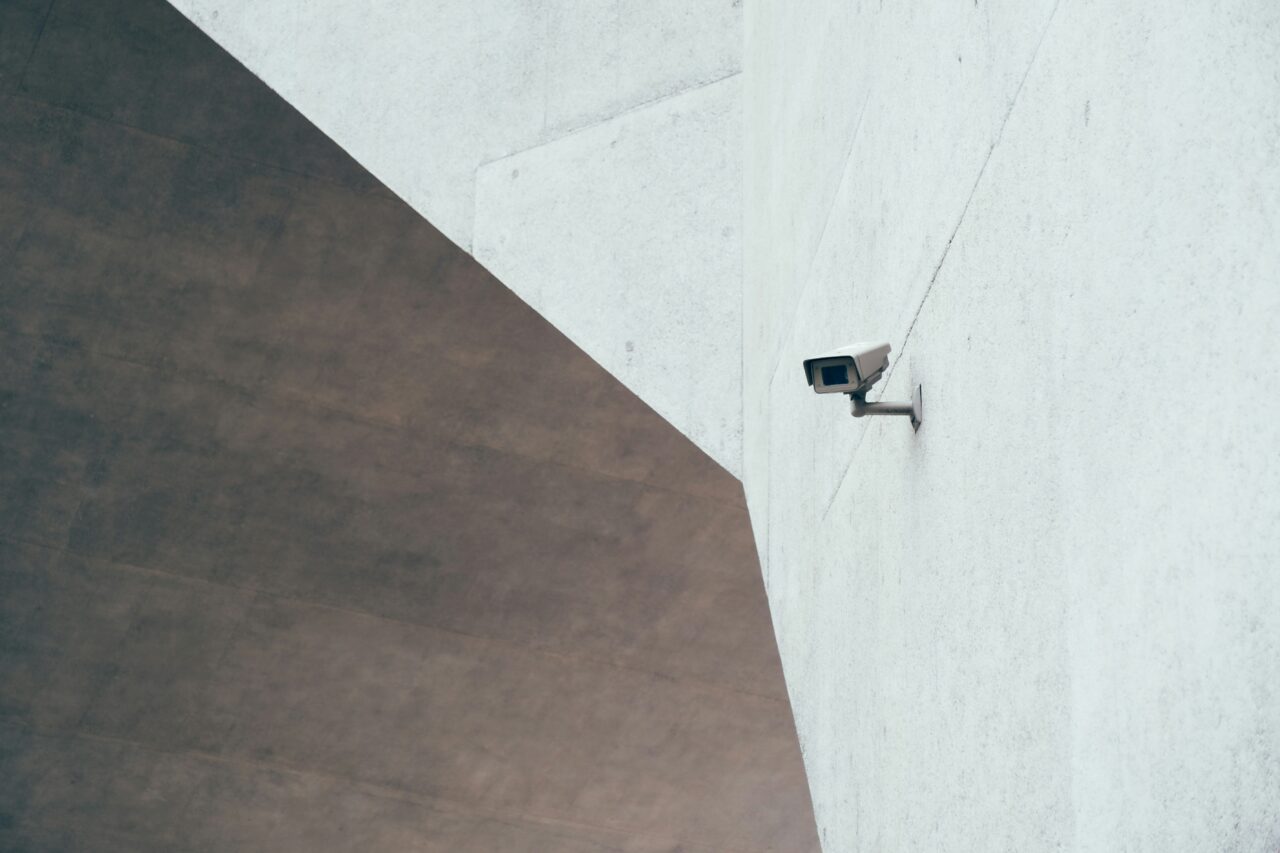If you’re considering switching to an IP camera security system, consider these 12 points.
A classic camera is an older-style lens used in monitoring systems. It transfers visuals through wires to recording devices or storage units. Network webcams are entirely computerized lenses that transmit alerts along cables to be saved in the wiring. Many surveillance setups these days merge classic and computerized parts.
Get Special Offers Now for Locksmith Services Call Us Now at 02081458426
1. Video quality
IP cameras generally offer more excellent video properties than analogue cameras. They suggest further video field scopes, such as a broad or slim field of perspective and better zoom-in abilities. And because they transport purely digital indications, they furnish considerably greater video particularity, making them much more fitting for facial acknowledgement or perceiving license plate numbers.
Older cameras rely on different technologies than newer online cameras, though they perform better in dim surroundings. Older cameras’ viewing ranges and zoom abilities are more restricted than online cameras. If you magnify the pictures from older cameras, the image will start to grain and deteriorate. It won’t look as sharp as on police shows on television. With an older camera, zooming in won’t allow someone to identify a face from far away.
2. Resolution
Most digital image creators offer resolutions between 6 and 20 times higher than analog photographs.
Old film recorders were tied to the NTSC/PAL common standards of 720 by 480 pixels (NTSC)/575 (PAL) or 0.4 megapixels (4CIF). The quality of early film cameras varied from 420 to 700 dots; the clearest could deliver distinct photographs.
Security cameras can provide pictures with differing qualities, from somewhat blurry to incredibly sharp, depending on their capabilities. It grants the power to monitor a significantly bigger space or get highly detailed shots when concentrating on smaller sections.
3. Transmission media
Older non-digital imaging devices function over coaxial lines. They can also perform over paired wires or airwave bonds, bringing less clarity.
Video devices can also function over twisted wires, wired networks, and wireless links.
4. PoE capabilities
A benefit of internet-connected cameras is that they can receive electricity through the twisted cables used for computer networks, disregarding concerns about installing separate power lines.
More dated photographic devices cannot receive electrical current over a data network.
5. Wireless
Remote digital optic devices utilizing airwaves can be a very sensible method in places where guiding lines underground are too troublesome or costly. Airwave transfers can also be utilized in structures where cables are impractical or impossible, such as in historically notable buildings.
6. Distance
Video capturing machines can deliver visuals over intertwined wire pairs approximately 1.5 kilometers away and nearly 300 meters away over braided conductors. However, visual transmissions diminish sharpness with augmented ranges and when the broadcast is transformed from one structure to an additional one.
Security cameras can transfer computerized visuals around one hundred meters over twisted-pair internet cable and unlimited ranges over digital systems. Because the pictures are digitized, they retain one hundred percent of their sharpness over extensive distances and when the signal is changed between diverse configurations.
7. Intelligence and manageability
Visual security systems provide digital intuition and distant oversight. They can transfer views and isolated areas of views to numerous recipients concurrently. They can carry out extra duties like notification when they sense activity.
8. Ease of installation
Traditional cameras necessitate additional wiring contrasted with online cameras. For example, separate lines are essential to direct the left to right, up down, and magnifying capacities. On the off chance that there is sound, another line is fundamental. A solitary conventional camera may require three isolated lines: force, sound, and recordings. The camera needs control to change viewpoint as force and a channel to send pictures and potentially sound independently. Online cameras can oversee various capacities utilizing only a solitary association and require less wiring overall.
Security cameras can accept electricity, video, sound, movement control, and commands over a single cord.
9. Security
Physical video recordings can be more easily compromised since the signals can be intercepted and tapes or hardware capturing the images taken. Visual information transferred in a non-encrypted format is also at risk of theft.
Audiovisual devices secure information that is hard to get hold of. They encrypt and condense information previously delivered over the Internet to your server and have virtual network assistance.
10. Reliability
Sensors that capture visuals have existed for over fifty years and have proven durable.
Encrypted networking tools intrinsically guarantee continuity because of the encoded and condensed information. They are as steady as the connections are, even though auxiliary frameworks can be actualized to diminish blackouts.
11. Expandability
IP cameras provide more possibilities for growth and can be made larger than analog cameras because their wiring needs are less intricate. However, it remains feasible to take advantage of your current wiring setup when transitioning to IP cameras by using converters and boosters.
12. Costs
IP camera networks are often believed to be more expensive because web cameras cost more than old-fashioned cameras, despite the cost of IP cameras decreasing. However, the total expense can be lower than expected due to reduced wiring, capturing devices, and work costs.
Expenses could also be diminished by putting IP cameras using the current wiring framework using extenders and media transformers.
Frequently Asked Questions
What is the primary advantage of IP cameras over analog cameras regarding video quality?
IP cameras offer significantly better video quality compared to analog cameras. They provide higher resolutions, wider field of view options, better zoom capabilities, and superior video clarity due to purely digital signals. This enhanced video quality makes IP cameras more suitable for tasks like facial recognition or capturing license plate numbers.
How does the transmission media differ between older analog and IP cameras?
Older analog cameras primarily use coaxial cables for transmission, which can result in less clarity. In contrast, IP cameras can transmit video over various mediums, such as twisted wires, wired networks, and wireless connections. This flexibility in transmission media allows for clearer and more versatile video communication.
Can IP cameras be powered through the same cables used for data networks?
Yes, IP cameras support Power over Ethernet (PoE) capabilities, which means they can receive electrical power through the same twisted cables used for computer networks. It eliminates the need for separate power lines during installation. In contrast, older analog cameras cannot receive power over a data network and require separate power sources.
Are IP camera systems more expensive overall than analog ones?
While the initial cost of IP cameras may be higher than traditional analog cameras, the total expense of an IP camera system can be lower in the long run. This is because IP cameras often require less wiring, fewer capturing devices, and reduced labor costs during installation. Additionally, as technology advances, the cost of IP cameras decreases over time, making them a cost-effective choice for modern surveillance systems.


